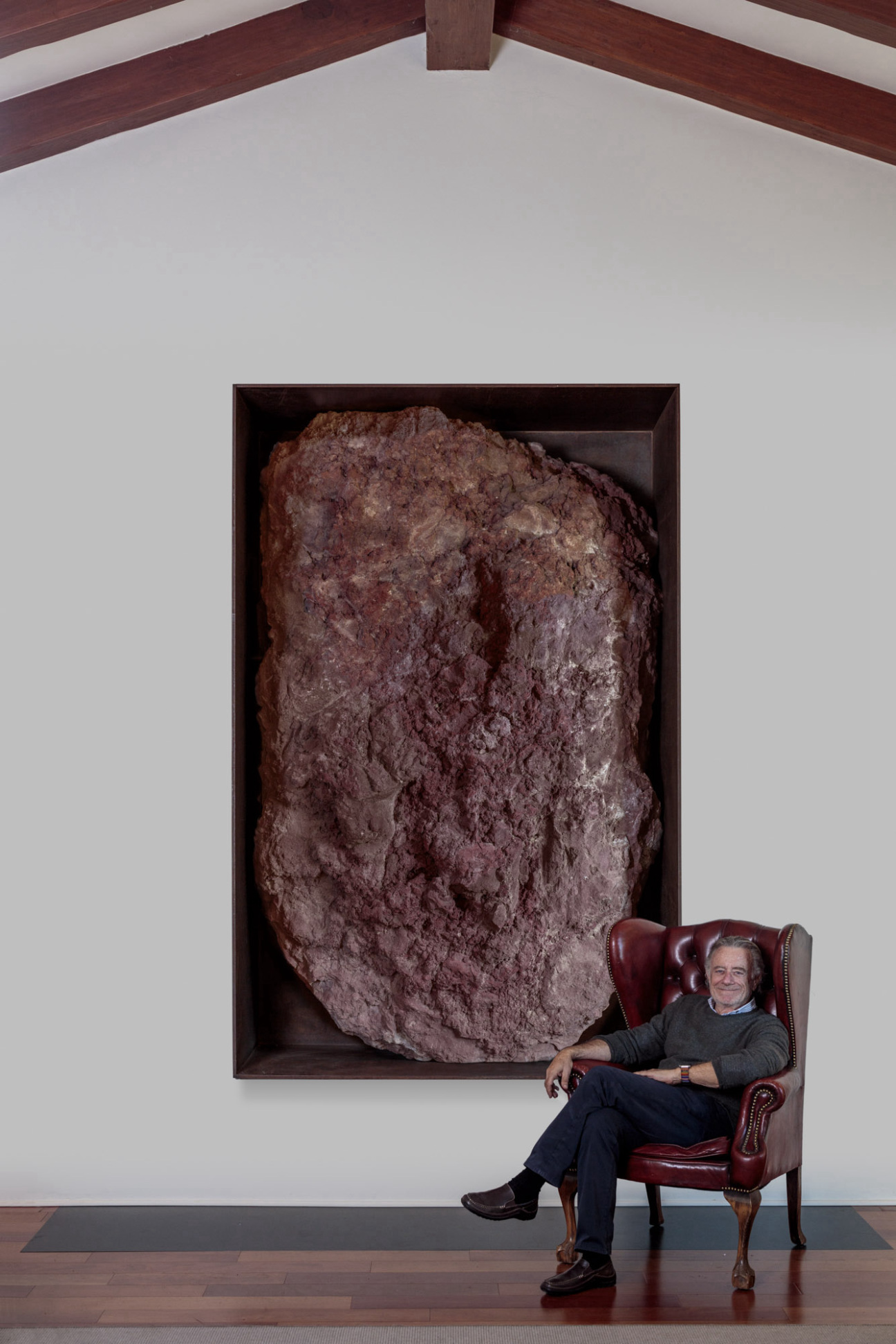
“For the emerging artist acquisitions, I am most interested in seeing something I haven't seen before. That is the most exciting and inspiring part of collecting for me. And I am always interested in what curators and other artists seem to be excited about.”
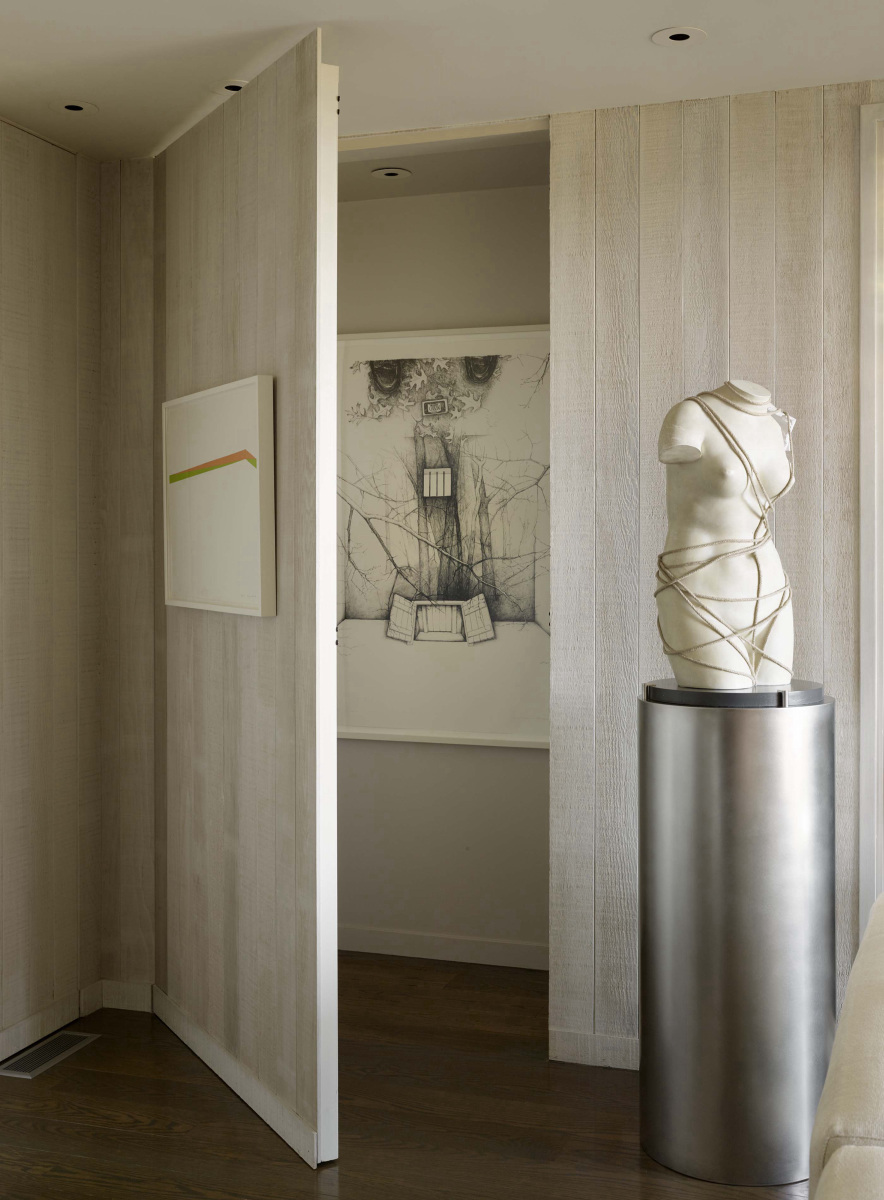
“There isn’t one theme per se, but I’ve always said that the motivating factor in all my collecting has always been one simple idea: I’ve always wanted to collect works by artists that changed the course of art history.”
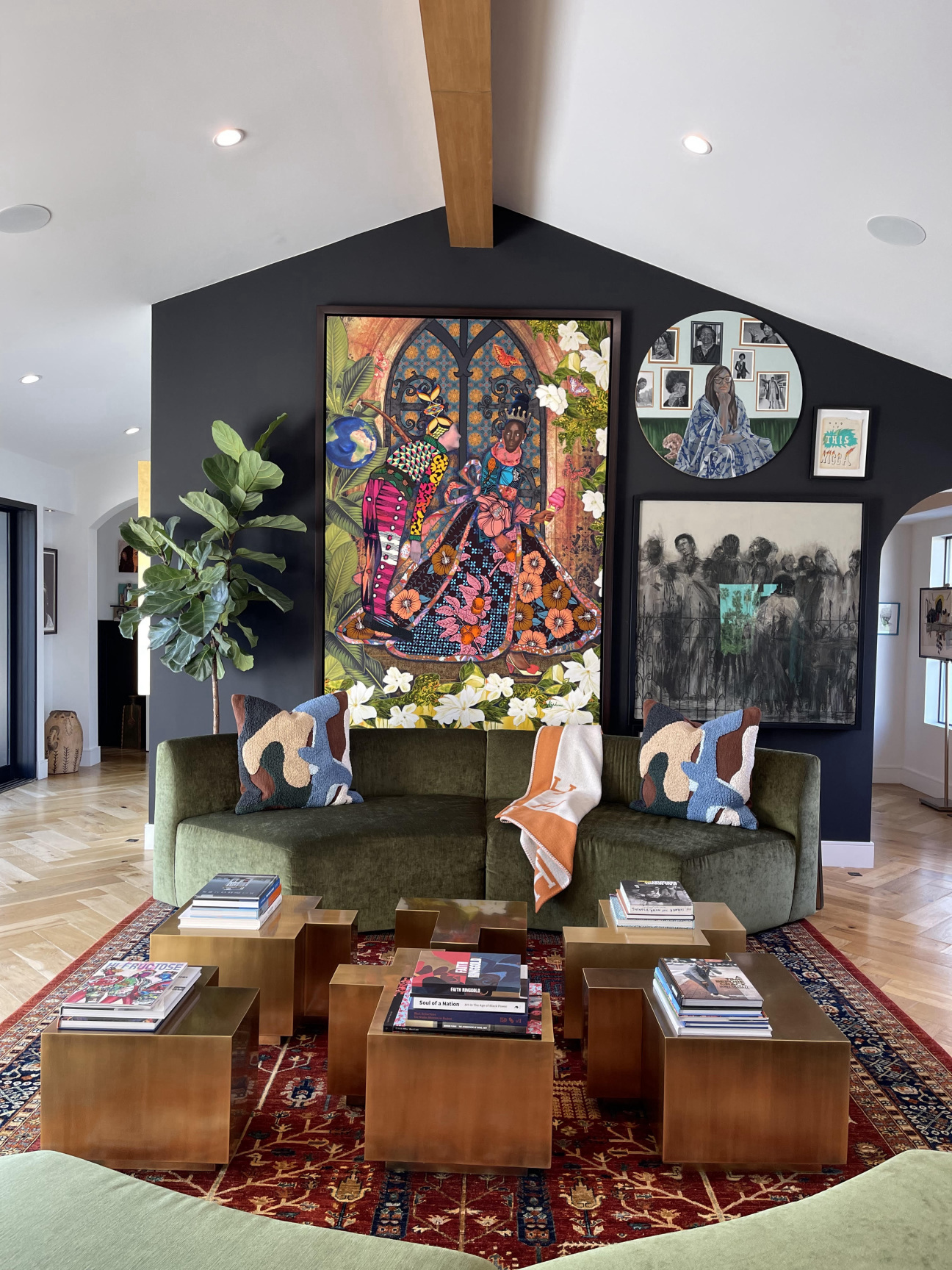
“Can we talk about how the ‘factors’ sometimes consider us though? Expanding our collection is sometimes limited by our reach and access. I’ve heard some pretty wild things from galleries as a Black collector. There are plenty of works I want and would like to buy, but as a Black collector, I often get a bit disappointed when I see how we are not given access like our white counterparts. Fortunately, this is not always the case, but baby…”
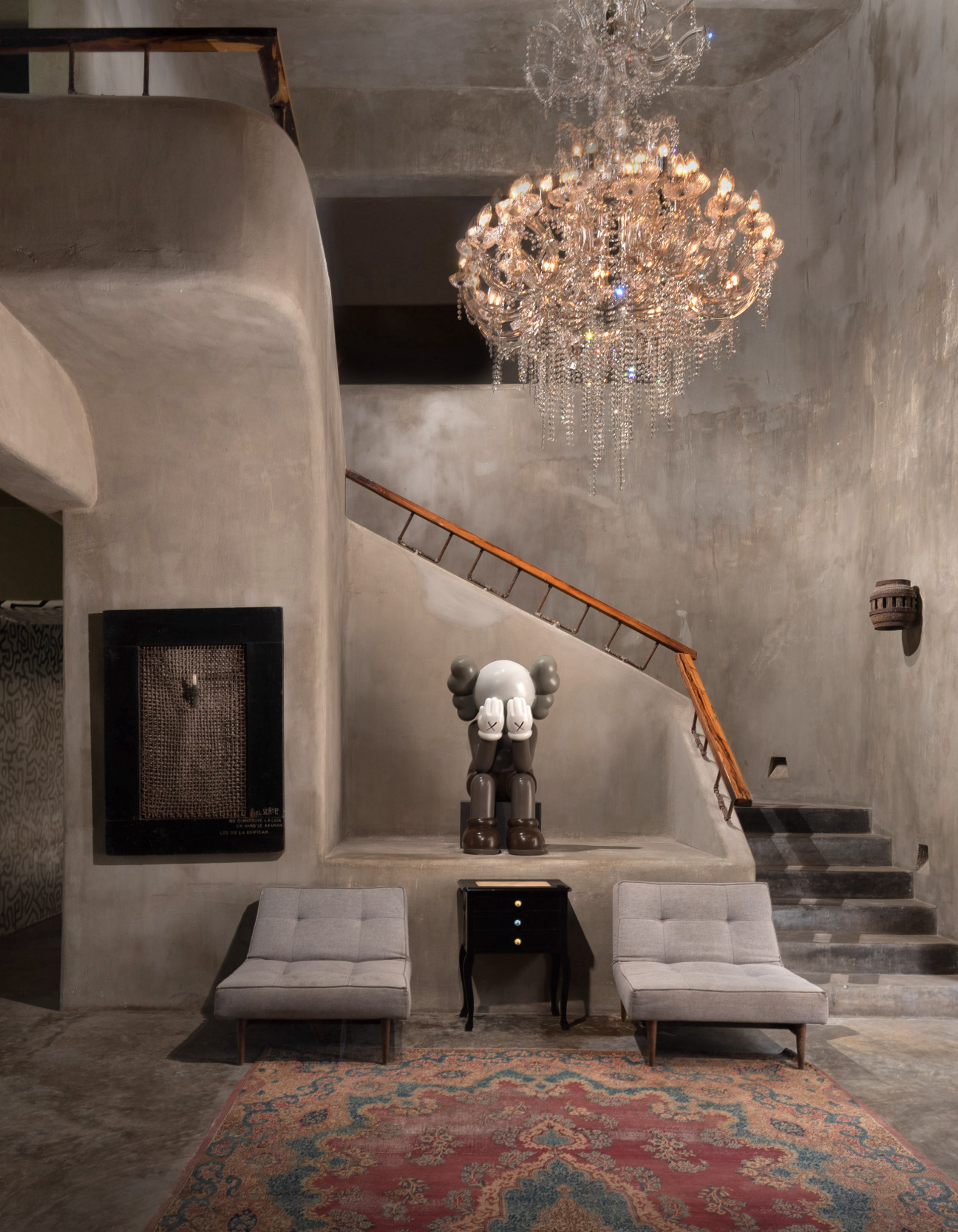
“Every time it touches me in that one spot—I would call it my soul, my higher energy receptor, or maybe better describe it like a buzzer/bell going off. It’s automatic and intuitive; the decision is made instantaneously, perhaps like love at first sight…”
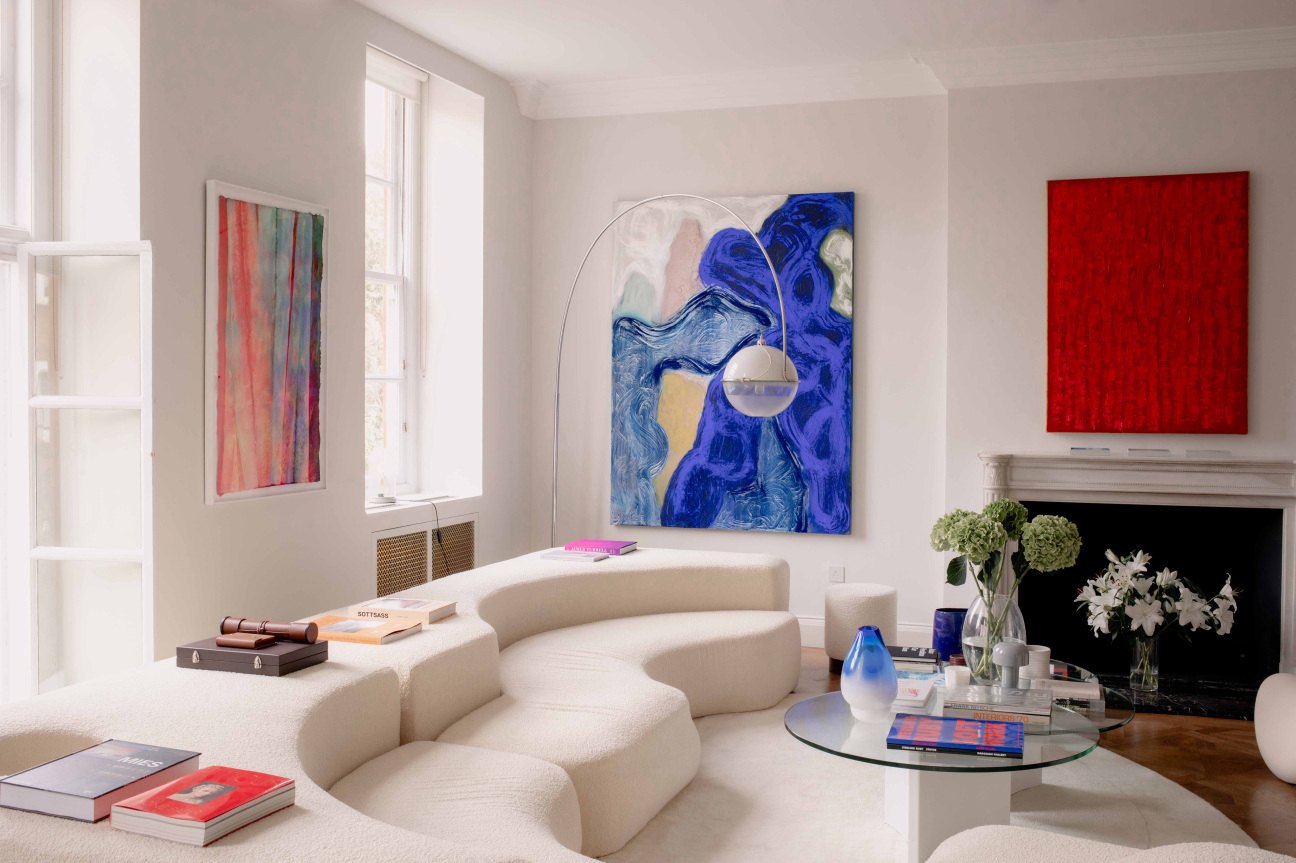
“When I’m considering acquiring a new work for my collection, I first look at what shows the artist has been a part of (whether that be in a commercial gallery, group show, or museum exhibition). I see if I know anyone else in my network who also collects the artist. I look at which upcoming projects they have. Lastly, I try to find time to meet with the artist and visit their studio to better understand their creative process.”

“Our collection is mission-driven. We focus on acquiring works by women-identifying artists and men of color. For far too long, many women have been sidelined by their male peers and excluded from the canon by restrictive gatekeepers. These are fantastic artists, full stop. Gender identity shouldn’t have any effect, but we know it does affect how these artists are received, contextualized, and appreciated. The statistics are astounding … I hope that by continuing to champion our collection’s mission, we will mobilize other collectors, curators, and museum directors to rectify and reach parity.”
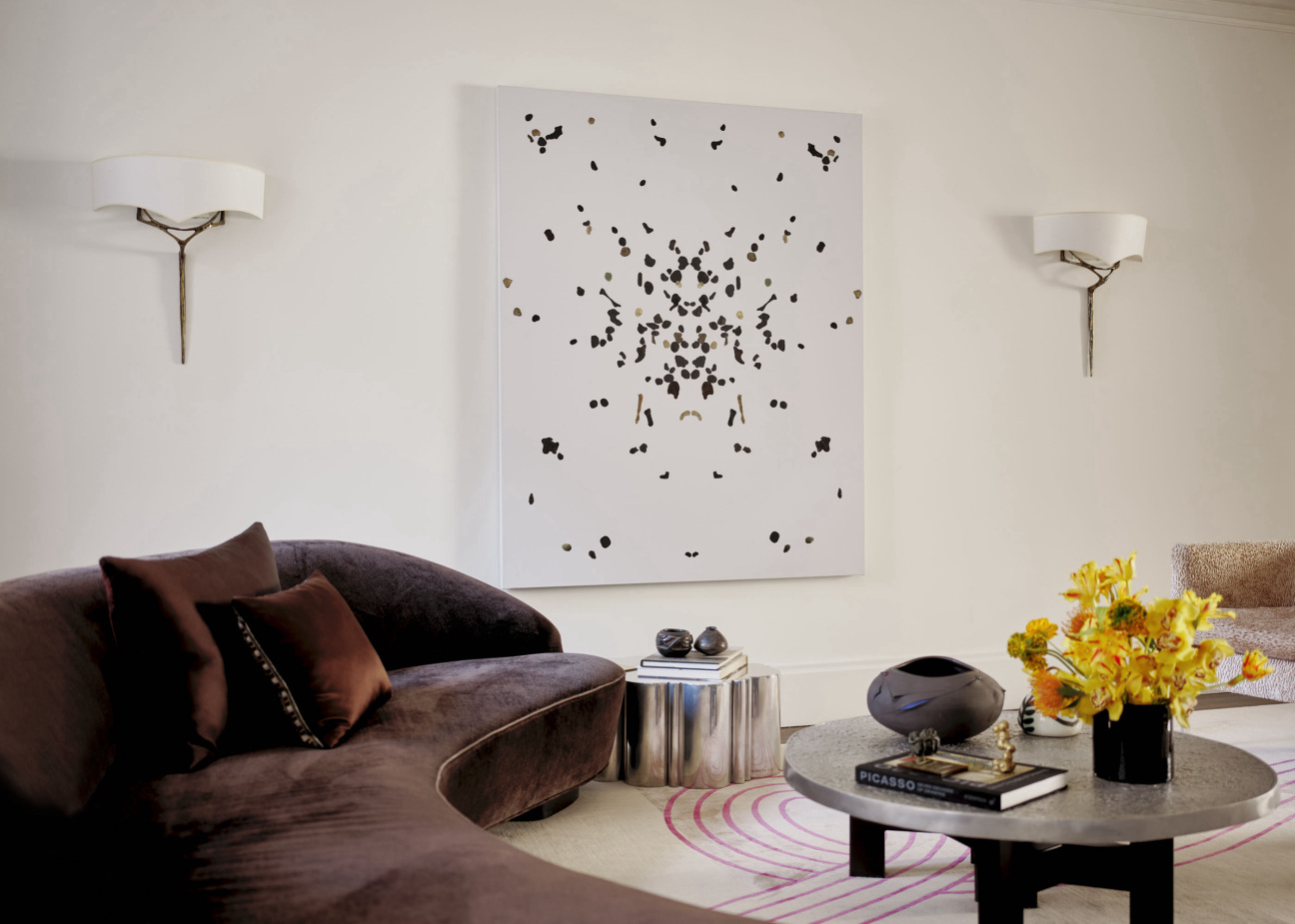
“I buy what I love. If you love the work, and you believe in the work, that’s what matters. I buy to live with it, and if they have a career, great. But I don’t buy art to sell. I also really value knowing the artists that I own pieces from, and that’s what I always think about in creating my own work. I really want people to see me in the work and feel connected to its creation and where it was made.”
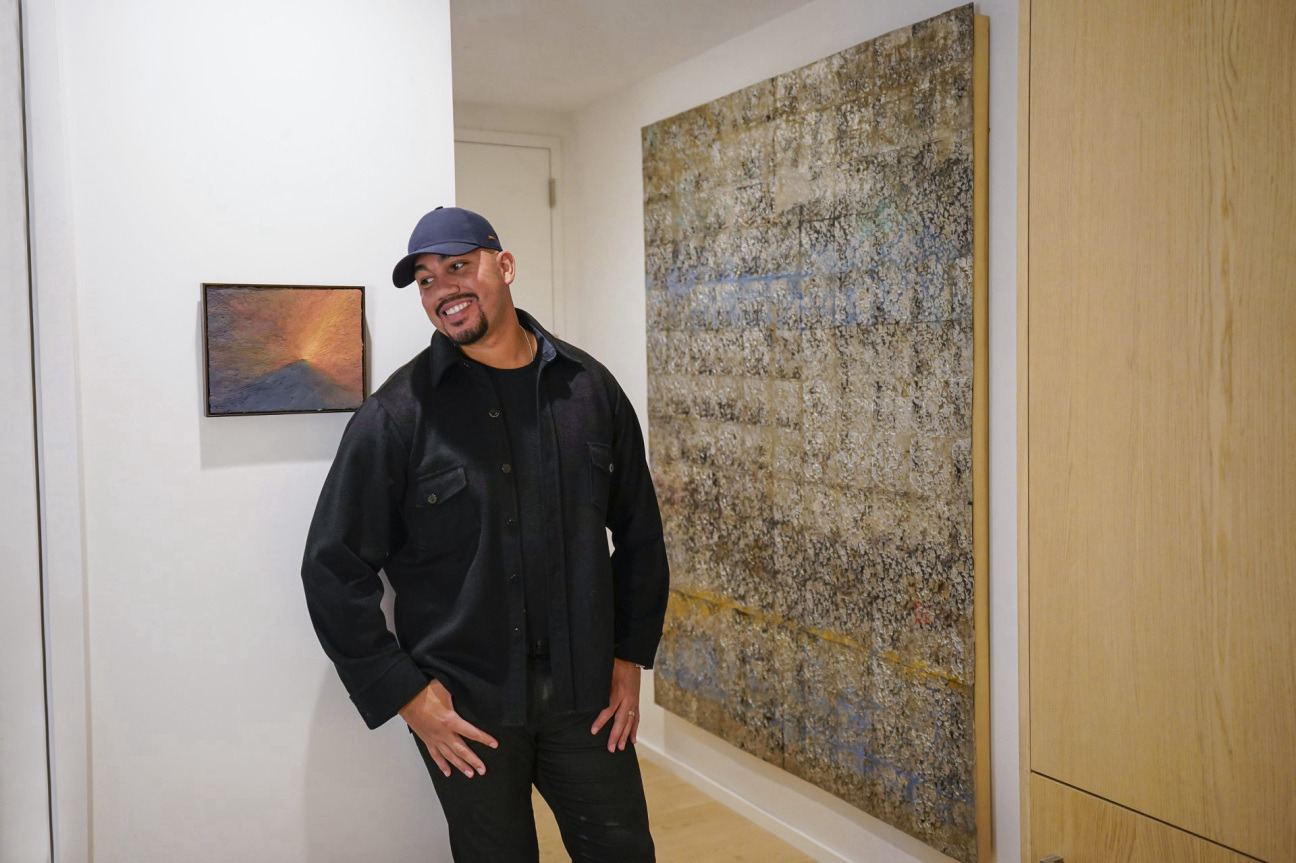
“Always quality of the work first, how it curatorially works with the existing collection second. I also factor in, to some degree, how an artwork works or doesn’t work with the aesthetics of my home. I am attracted to artwork I find beautiful and want to live with; it’s as simple and elusive as that.”
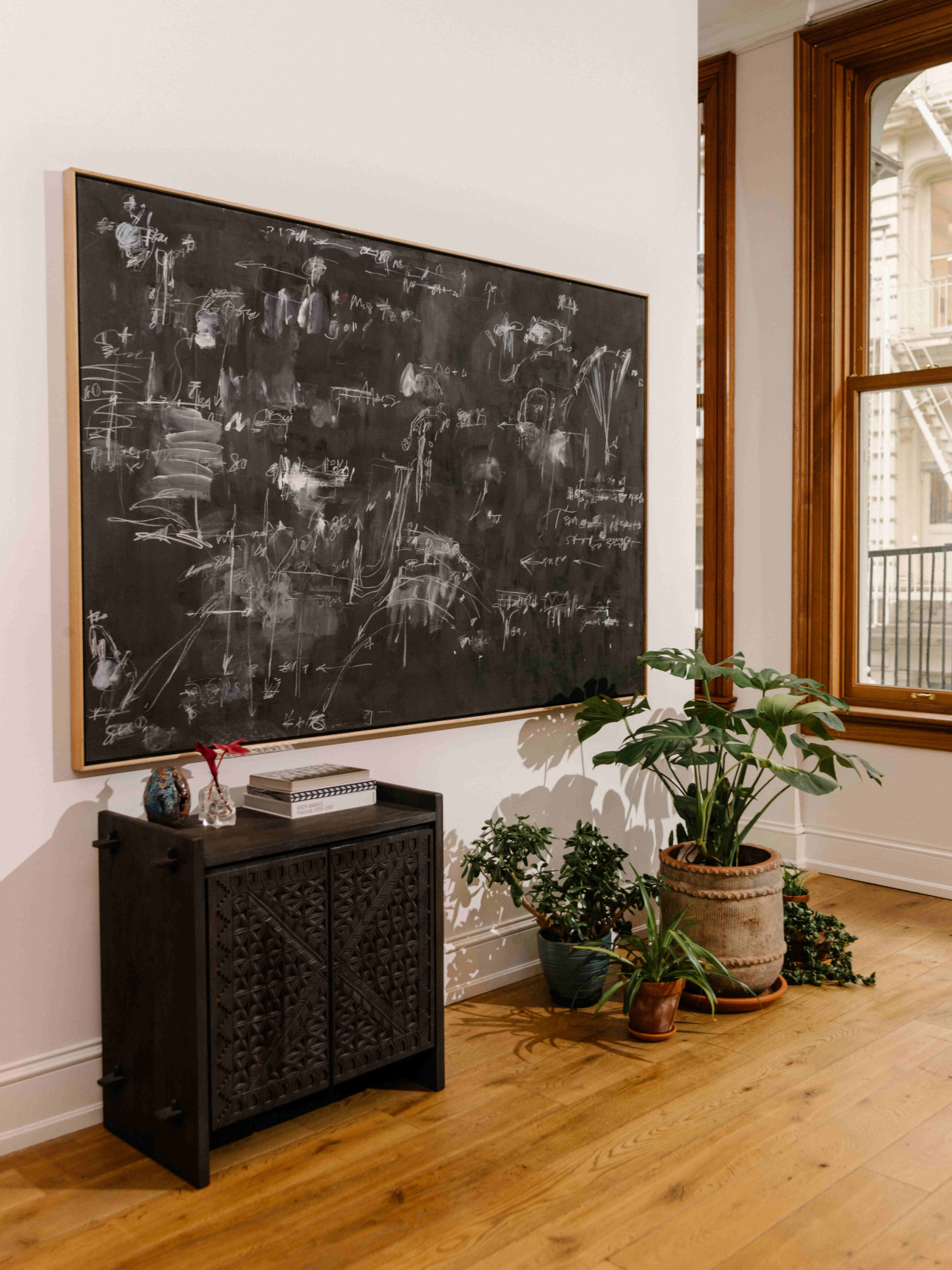
“The liberal arts major within me seeks out artists in dialogue with history, literature, or other creative fields like dance and music. Conceptually, I want to be challenged, and I am attracted to art with a real point of view—especially if it helps reveal a perspective I previously lacked. My personality is maximally high on the ‘openness to new experiences’ spectrum, and I like art that really takes me there, because wherever there may be… I’m down.”
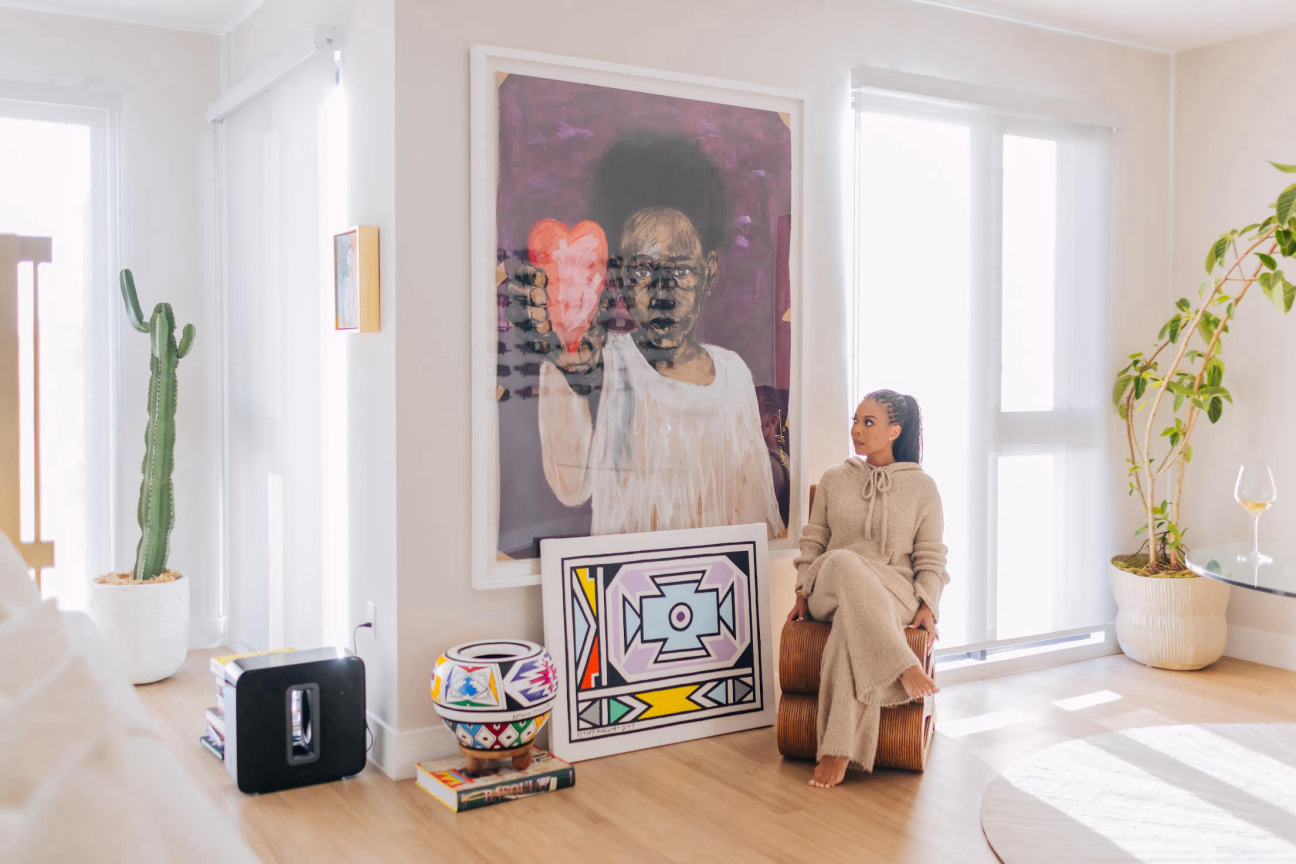
“First and foremost, can I afford to buy? I’ve never financed art or done payment plans. I buy what I can afford. And only what I love.”










 in your life?
in your life?

